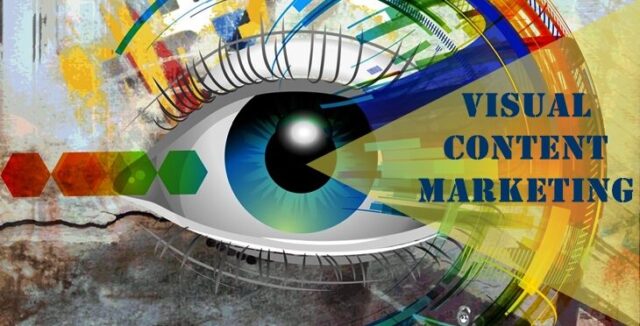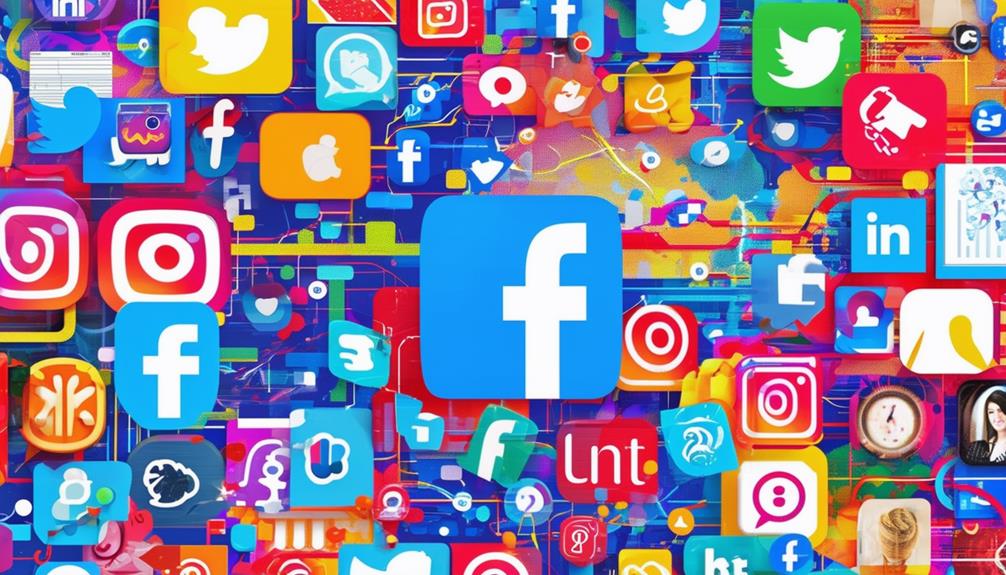In an era where attention spans are shorter than ever, the effectiveness of visual content in marketing has surged to the forefront. Visuals such as images, videos, infographics, and animations have become indispensable tools for marketers aiming to engage audiences, convey messages clearly, and drive conversions. This blog explores the significance of visual content in marketing and how businesses can leverage it to enhance their strategies.

1. Captures Attention Quickly
In a crowded digital landscape, grabbing the attention of potential customers is a critical challenge. Research shows that people process visuals 60,000 times faster than text, making visual content essential for quickly capturing interest. Eye-catching images or compelling videos can stop users in their tracks as they scroll through their feeds, prompting them to engage with your brand.
2. Enhances Brand Recognition
Visual content plays a significant role in brand recognition and recall. Consistent use of colors, logos, and imagery can help create a strong brand identity that resonates with your audience. When consumers see familiar visuals associated with your brand, they are more likely to remember it and choose it over competitors. Infographics and visual storytelling can further reinforce your brand message, making it more memorable.
3. Improves Engagement Rates
Visual content is inherently more engaging than text-based content. Posts that include images receive 94% more views than those without, and videos are particularly effective at driving engagement. Platforms like Instagram, Facebook, and TikTok prioritize visual content, making it essential for brands to create engaging visuals that encourage likes, shares, and comments. Higher engagement rates not only enhance brand visibility but also foster a sense of community among your audience.
4. Conveys Complex Information Easily
Visual content can simplify complex information, making it more accessible to audiences. Infographics, for example, are excellent for breaking down data and presenting it in a visually appealing format. This enables your audience to grasp important concepts quickly without getting overwhelmed by dense text. Visuals can also help illustrate product features or processes, aiding in customer understanding and reducing the likelihood of confusion.
5. Boosts Conversion Rates
Studies show that visual content can significantly impact conversion rates. Landing pages that incorporate visuals are proven to convert better than those that rely solely on text. Product images, videos, and demonstrations can help customers visualize the benefits of a product or service, leading to increased confidence in their purchasing decisions. Incorporating user-generated content, such as customer reviews and testimonials with visuals, can further enhance credibility and encourage conversions.
6. Enhances Social Media Performance
Visual content is a key driver of social media success. Platforms like Instagram, Pinterest, and Snapchat revolve around visuals, making them ideal for showcasing products and engaging with your audience. Posts that include images or videos are more likely to be shared, increasing your reach and exposure. Additionally, using visuals in social media advertising can improve click-through rates and overall campaign performance.
7. Supports Storytelling
Visual content is a powerful storytelling tool. It allows brands to convey their narratives in a more compelling and relatable manner. Through visuals, you can share your brand’s mission, values, and customer stories, fostering emotional connections with your audience. This emotional engagement can lead to increased brand loyalty and advocacy, as consumers are more likely to support brands that resonate with them on a personal level.
8. Facilitates SEO and Content Discoverability
Search engines favor visual content, making it an important component of your SEO strategy. Incorporating relevant images, infographics, and videos into your content can improve your search engine rankings. Properly optimizing visual content with relevant alt tags and descriptions also enhances discoverability, helping your audience find your content more easily. This can lead to increased traffic and potential conversions.
9. Encourages User-Generated Content
Encouraging your audience to create and share their visual content can be a powerful marketing strategy. User-generated content, such as photos or videos featuring your products, not only boosts brand visibility but also serves as authentic testimonials. Sharing user-generated visuals on your social media channels can foster community engagement and inspire trust in potential customers.
Conclusion
Incorporating visual content into your marketing strategy is no longer optional; it’s a necessity. The ability of visuals to capture attention, enhance brand recognition, improve engagement, simplify complex information, and boost conversion rates makes them a powerful tool for marketers. As the digital landscape continues to evolve, leveraging visual content effectively will be crucial for businesses aiming to connect with their audiences and achieve marketing success. By prioritizing visuals, brands can create compelling narratives, foster emotional connections, and drive customer acquisition in an increasingly competitive marketplace.


No responses yet